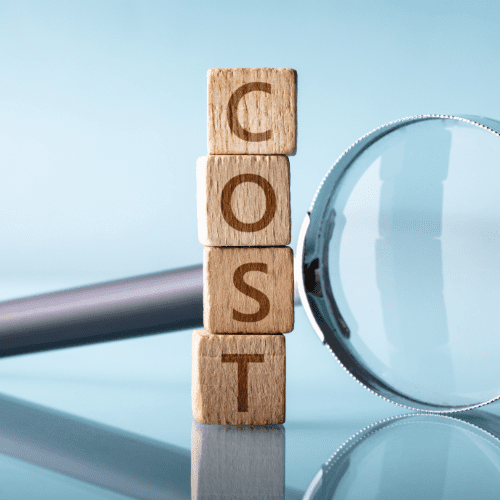Health Technology Assessment (HTA) has emerged as a critical process in the evaluation of medical technologies, ensuring that healthcare innovations bring tangible benefits to patients while being cost-effective. HTA models serve as systematic frameworks that help healthcare decision-makers evaluate the clinical effectiveness, economic value, and broader societal implications of new medical technologies. With rising healthcare costs and the increasing complexity of treatment options, understanding and utilizing HTA models is essential for informed decision-making in healthcare policy and practice.
Understanding the Importance of Health Technology Assessment Models
HTA models play a pivotal role in determining the value of medical technologies, including drugs, devices, and procedures. By assessing not only clinical effectiveness but also cost-effectiveness and patient outcomes, HTA provides a comprehensive evaluation that informs regulatory authorities, healthcare providers, and payers. This is especially important in a landscape where the introduction of new technologies can lead to significant changes in patient care, necessitating careful evaluation to ensure that these innovations are both effective and economically viable.
Furthermore, the importance of HTA models extends to prioritizing healthcare resources, especially in systems with limited budgets. HTA enables policymakers to make informed decisions about which technologies to adopt, thereby maximizing health gains while minimizing unnecessary expenditures. In contexts where numerous technologies vie for attention, HTA acts as a guiding force, directing resources toward interventions that yield the greatest health benefits per dollar spent. This is crucial in achieving equity in healthcare, where every dollar invested should ideally translate into improved patient outcomes.
Finally, HTA models also facilitate transparency and accountability in healthcare decision-making. By providing a standardized approach to evaluating health technologies, HTA helps stakeholders understand the rationale behind funding decisions and clinical guidelines. This transparency fosters trust among patients, providers, and policymakers, as all parties can appreciate the evidence that informs healthcare strategies. In an era of increasing scrutiny and demand for accountability in healthcare spending, the role of HTA models cannot be overstated.
Key Methodologies and Frameworks in Health Technology Assessment
Several methodologies underpin HTA, each serving to address specific aspects of technology evaluation. One of the most widely used methods is cost-effectiveness analysis (CEA), which compares the relative costs and outcomes of different interventions. By expressing outcomes in terms of quality-adjusted life years (QALYs) or disability-adjusted life years (DALYs), CEA allows for a quantifiable measure of health benefits, facilitating comparisons across various healthcare interventions. This quantitative approach helps decision-makers identify technologies that offer the best value for money, ultimately guiding resource allocation.
Another important methodology is budget impact analysis (BIA), which focuses on the financial implications of adopting a new technology within a specific healthcare budget. Unlike CEA, which assesses long-term costs and benefits, BIA provides a short-term view, estimating the immediate budgetary consequences of implementing a technology. This is particularly relevant for policymakers who need to understand how new technologies will impact existing healthcare budgets and whether they can be accommodated without compromising current services. By integrating BIA into the HTA process, stakeholders can make more informed decisions regarding the sustainability of healthcare funding.
Frameworks such as the Health Technology Assessment international (HTAi) and the European Network for Health Technology Assessment (EUnetHTA) offer structured approaches to HTA, promoting collaboration and standardization across different jurisdictions. These frameworks guide the development of HTA reports and ensure that methodologies align with best practices and scientific rigor. By adhering to these established frameworks, HTA practitioners can enhance the credibility and relevance of their assessments, ultimately improving the quality of evidence that supports healthcare decisions globally.
In conclusion, Health Technology Assessment models are indispensable tools for evaluating the clinical and economic value of medical technologies. By facilitating informed decision-making, prioritizing healthcare resources, and promoting transparency, HTA enhances the overall effectiveness of healthcare systems. As the complexity of medical technologies continues to grow, and as healthcare costs escalate, the importance of adopting robust HTA methodologies and frameworks will only increase. Stakeholders must continue to invest in and refine these models to ensure they remain effective and responsive to the evolving landscape of healthcare, thereby improving patient outcomes and optimizing resource allocation in health systems worldwide.




